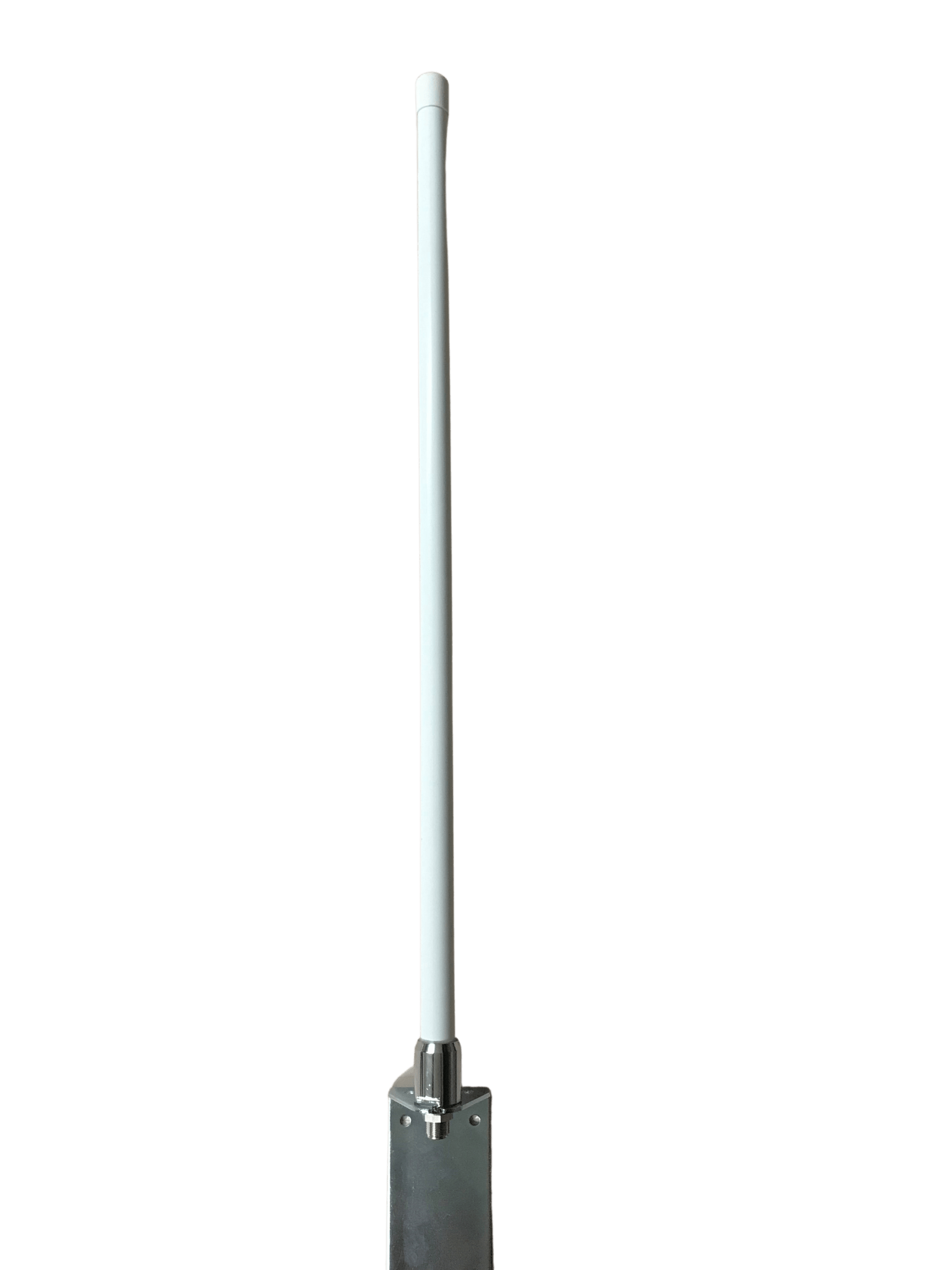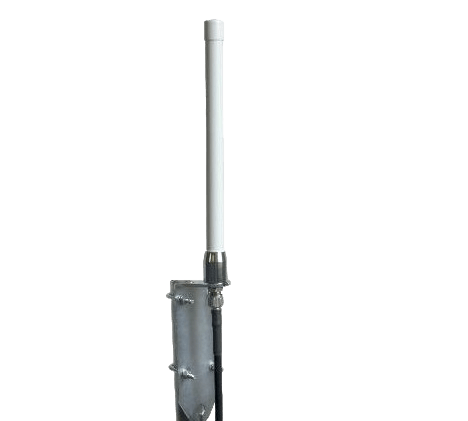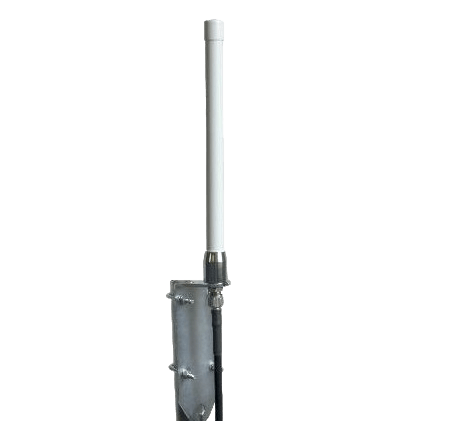6.2 dBi 868 MHz Omni Outdoor Fibreglass antenna
The 6.2 dBi 868 MHz Omni outdoor omni-directional antenna from EAD is centre-tuned and optimised at 868 MHz. Ideal for Helium applications, this antenna is terminated in a N-Female connector allowing it to be connected to a Helium hotspot via custom RP-SMA Plug (Male) cable. For other LoRA, SigFox and LP-WAN applications, the OMNI-868-62 offers consistent and durable mechanical and electrical performance.
Measuring 77cm in overall length (excluding the bracket), the OMNI-868-62-NF is a quality antenna manufactured for permanent outdoor installation. With a fibreglass tube and a robust mounting bracket (including U-bolts for 35-42mm mast diameter) allowing both pole and wall mounting, this antenna is designed for long-term outdoor deployment without degradation.
Check out our DMO8684 for a 4.3 dBi optimsed 868 MHz Omni Antenna.
Specifications:
Centre Frequency: 868 MHz
VSWR: <1.5:1
Polarization: Linear – Vertical
Gain: 6.2 dBi
Impedance: 50 Ohm
Radiation (H-plane): 360 degrees omni-directional
Radiation (e-plane Beamwidth @ -3dB: 22 degrees
Length: 77cm
Connector: N-Female
Mounting: Pole / Wall Mount (supplied with U-bolts) – Mast diameter 35-42mm



